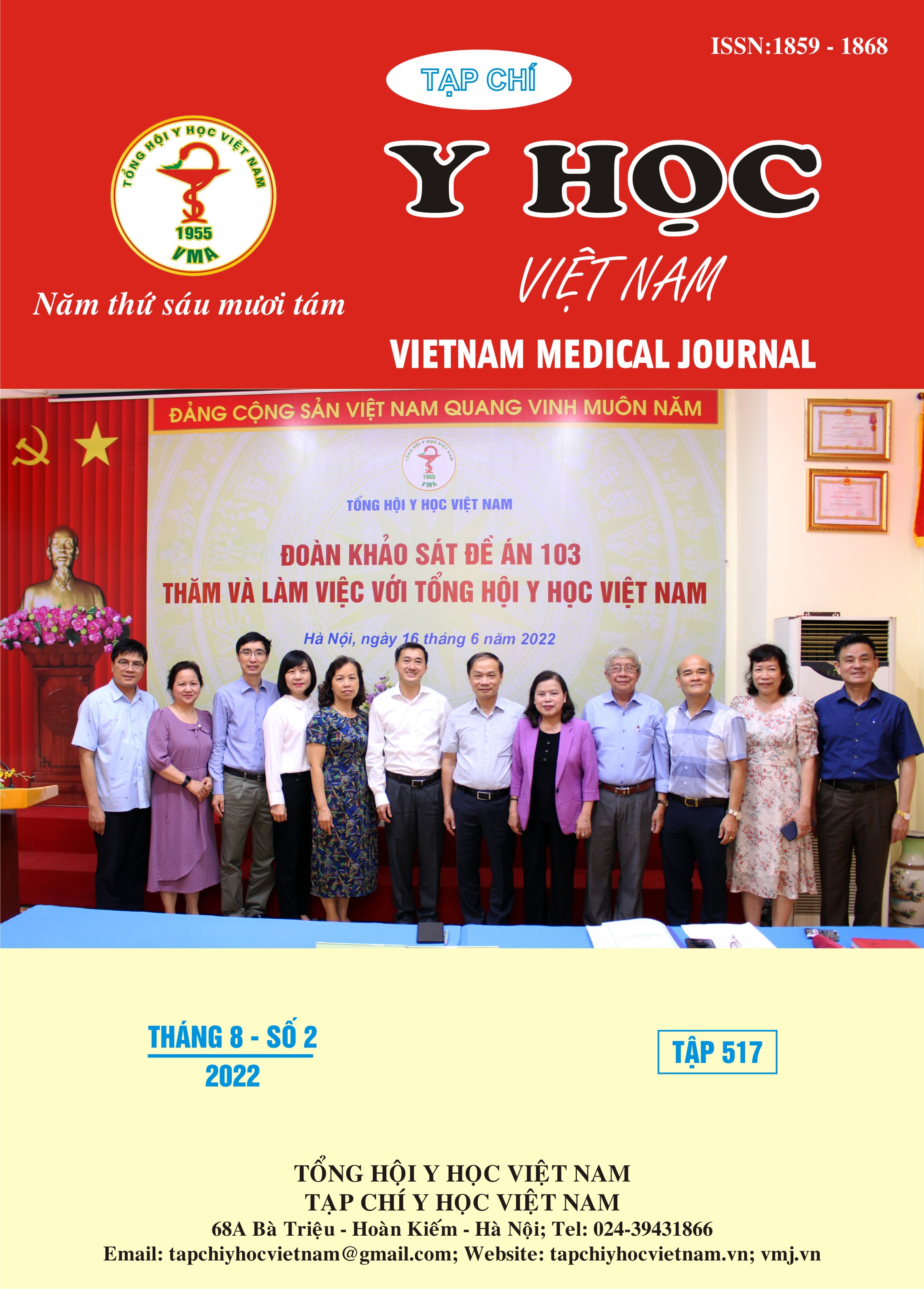VAI TRÒ CỦA THỰC HÀNH MÔ PHỎNG TRONG NHI KHOA ĐẾN SỰ TỰ TIN CỦA SINH VIÊN ĐẠI HỌC ĐIỀU DƯỠNG CHÍNH QUY TRONG THỰC HÀNH KỸ THUẬT TIÊM TĨNH MẠCH CHO TRẺ EM
Nội dung chính của bài viết
Tóm tắt
Mục tiêu: Đánh giá sự thay đổi về mức độ tự tin của sinh viên đại học điều dưỡng chính quy về thực hành kỹ thuật tiêm tĩnh mạch cho trẻ em sau thực hành mô phỏng. Đối tượng và phương pháp nghiên cứu: Nghiên cứu can thiệp, 214 sinh viên đại học điều dưỡng chính quy khóa 11 đủ đã tham gia trả lời dựa trên bộ câu hỏi. Kết quả nghiên cứu: Mức điểm trung bình về thực hành kỹ thuật tiêm tĩnh mạch theo đánh giá của người học đã tăng đáng kể với mức điểm trung bình chênh sau can thiệp lần 1, lần 2 làn lượt là 0,4 và 0,9 điểm (t < 0,001). Mức điểm trung bình về thực hành kỹ thuật tiêm tĩnh mạch theo đánh giá của giảng viên đã tăng với mức điểm trung bình chênh sau can thiệp lần 2 so với lần 1 là 0,5 điểm (t < 0,001). Kết luận: Mức độ tự tin của sinh viên đại học điều dưỡng chính quy về thực hành kỹ thuật tiêm tĩnh mạch cho trẻ em sau thực hành mô phỏng thay đổi đáng kể.
Chi tiết bài viết
Từ khóa
Tự tin, sinh viên, mô phỏng, tiêm tĩnh mạch
Tài liệu tham khảo
2. Alfaro-Lefevre, R (2004), Critical thinking and clinical judgment: A practical approach. St. Louis MO, Elsevier.
3. American Association of Colleges of Nursing (AACN) (2008). The essentials of baccalaureate education for professional nursing practice. Retrieved from http://www.aacn.nche.edu/Education/pdf/BaccEssentials08.pdf (19 Kasım 2013).
4. Bandura A (1994), Self-efficacy. Encyclopedia of psychology, 3, 368 – 369. – 9
5. Benner, P. (1984), From novice to expert: Excellence and power in clinical nursing practice. Menlo Park, CA. Addison-Wesley.
6. Crouch L. (2009). Undergraduate nursing students' perceptions of the simulation design, learning, satisfaction, self -concept, and collaboration in high -fidelity human patient simulation. International Journal of Nursing Education Scholarship, 5(1), 1-16.
7. Dillon, P., Kaplan, L., & Noble, K. (2009), Simulation as a means to foster collaborative interdisciplinary education. Nursing Education Perspectives, 30(3), 87-91.
8. McRae M. E., Chan A., Ai J. (2017). The effectiveness of and satisfaction with high-fidelity simulation to teach cardiac surgical resuscitation skills to nurses. 5(1), 64-69.


